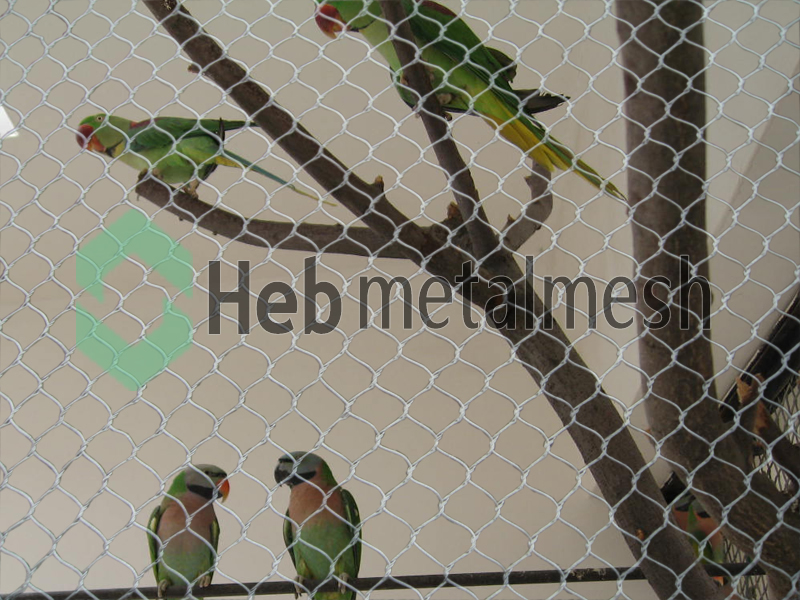Aviary nets play a crucial role in bird conservation, whether in a zoo, a bird sanctuary, or your backyard. They provide a safe and controlled environment for birds to thrive.
Choosing and installing the right aviary net can be a daunting task. It requires careful planning and consideration of various factors such as the bird species, weather conditions, and the net’s material and size.
In this article, we will guide you through the process of installing aviary nets. We’ll share practical tips and step-by-step instructions to ensure your aviary net offers maximum protection and durability.
Whether you’re an aviary owner, a bird enthusiast, or a zookeeper, this guide will equip you with the knowledge you need to install an aviary net effectively and safely.
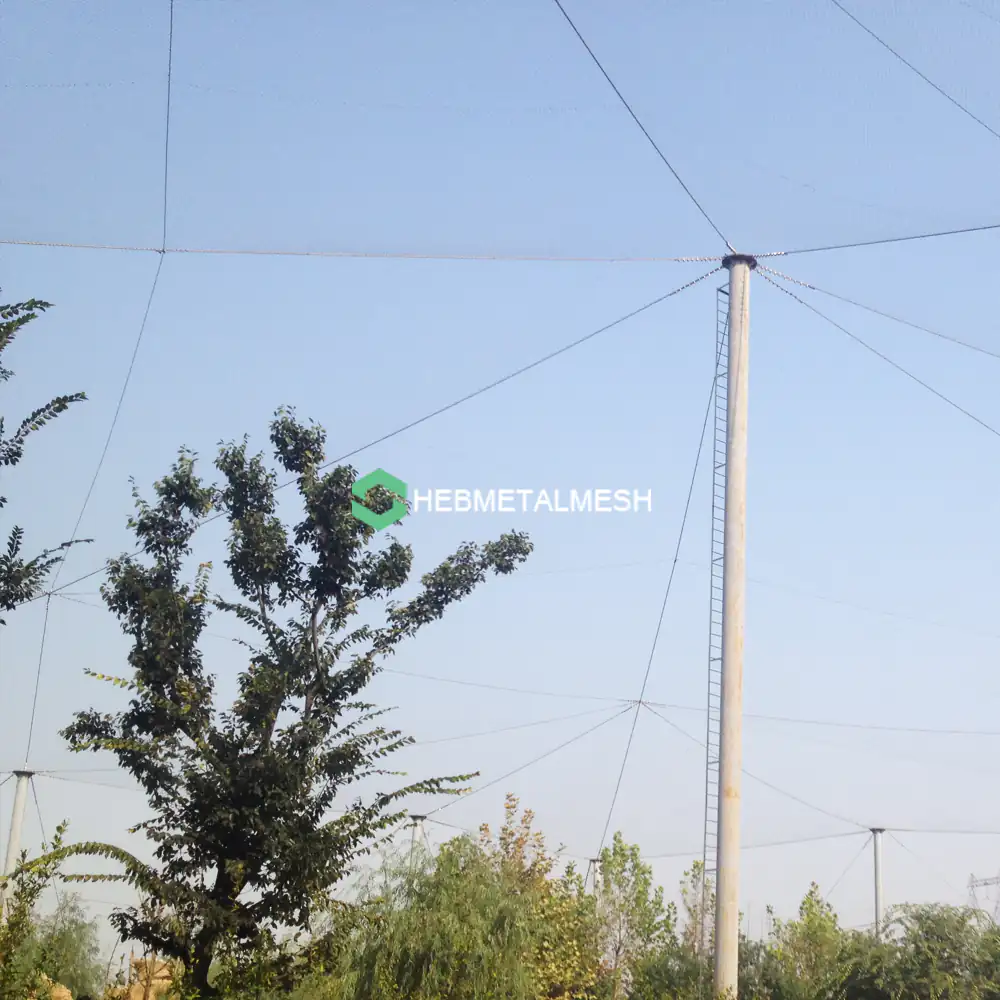
Understanding Aviary Nets
The first step in installing an aviary net is understanding its importance. The right net can protect your birds from predators, prevent escapes, and even control diseases within the aviary.
Choosing the wrong net, on the other hand, can lead to problems. These can range from bird injuries to ineffective containment. Therefore, it’s crucial to select the right aviary net for your specific needs.
Several factors come into play when selecting aviary netting. These include the bird species you’re housing, the net’s mesh size, its material, and durability.
Different bird species require different mesh sizes. Larger birds need larger mesh sizes, while smaller birds need smaller ones to prevent them from escaping.
The material of the net is also important. Some materials are more durable and resistant to weather conditions than others.
Durability is another key factor. A durable net will last longer, providing better value for your investment.
One type of netting that offers great durability is UV-stabilized netting. This type of netting is resistant to the damaging effects of sunlight, making it last longer.
UV-stabilized netting also retains its strength and color over time. This makes it a cost-effective choice for aviaries that are exposed to the sun for extended periods.
Understanding these factors will help you choose the right aviary net for your needs.
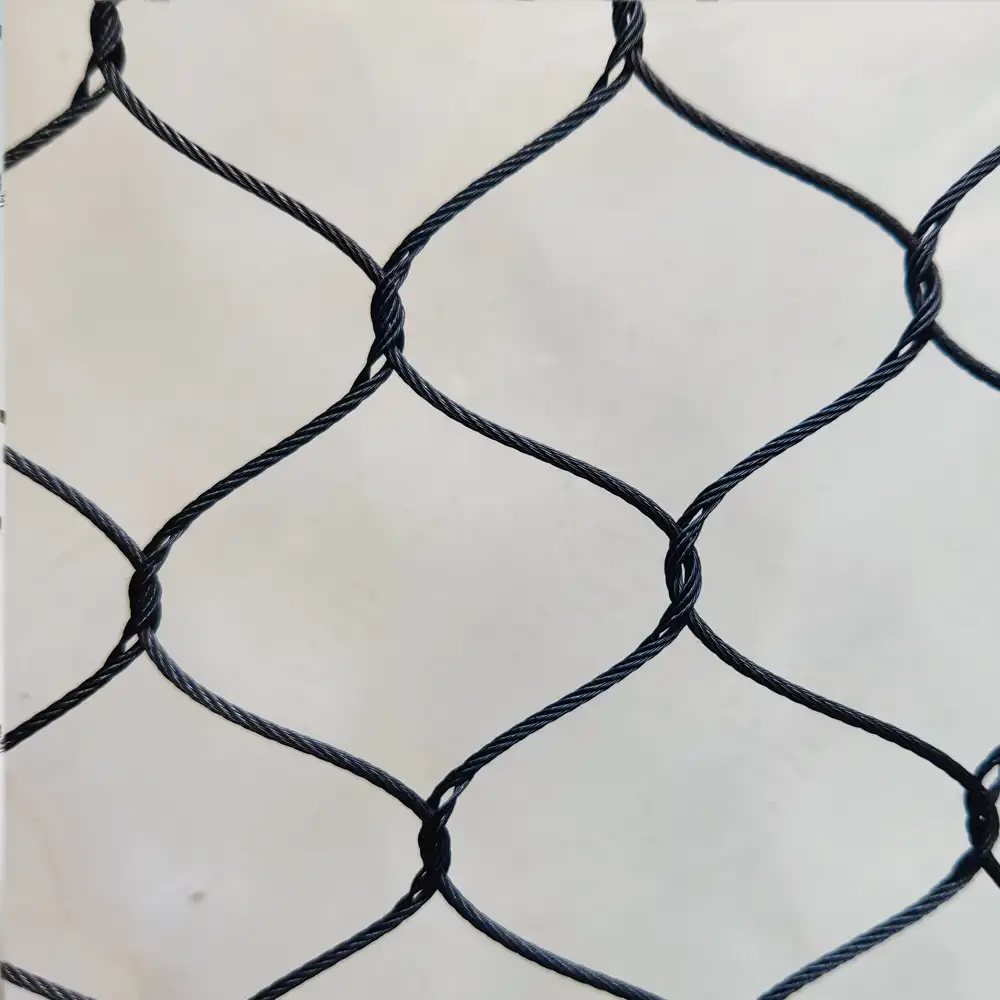
Preparing for Installation
Before you start installing your aviary net, you need to prepare the area. This involves measuring the area where the net will be installed.
Use a tape measure to get the length, width, and height of the area. These measurements will help you determine the size of the net you need.
Remember to account for any irregularities in the shape of the area. These could affect the fit of the net.
Next, you need to create a support system for the net. This could be a frame made of wood or metal.
The support system should be strong enough to hold the weight of the net. It should also be stable enough to withstand wind and other weather conditions.
Speaking of weather, it’s important to consider how it can affect your net. Some netting materials are more resistant to certain weather conditions than others.
For example, UV-stabilized netting is resistant to sunlight. This makes it a good choice for aviaries that are exposed to the sun for long periods.
On the other hand, if your aviary is in an area with heavy rainfall, you might want to choose a netting material that is resistant to water damage.
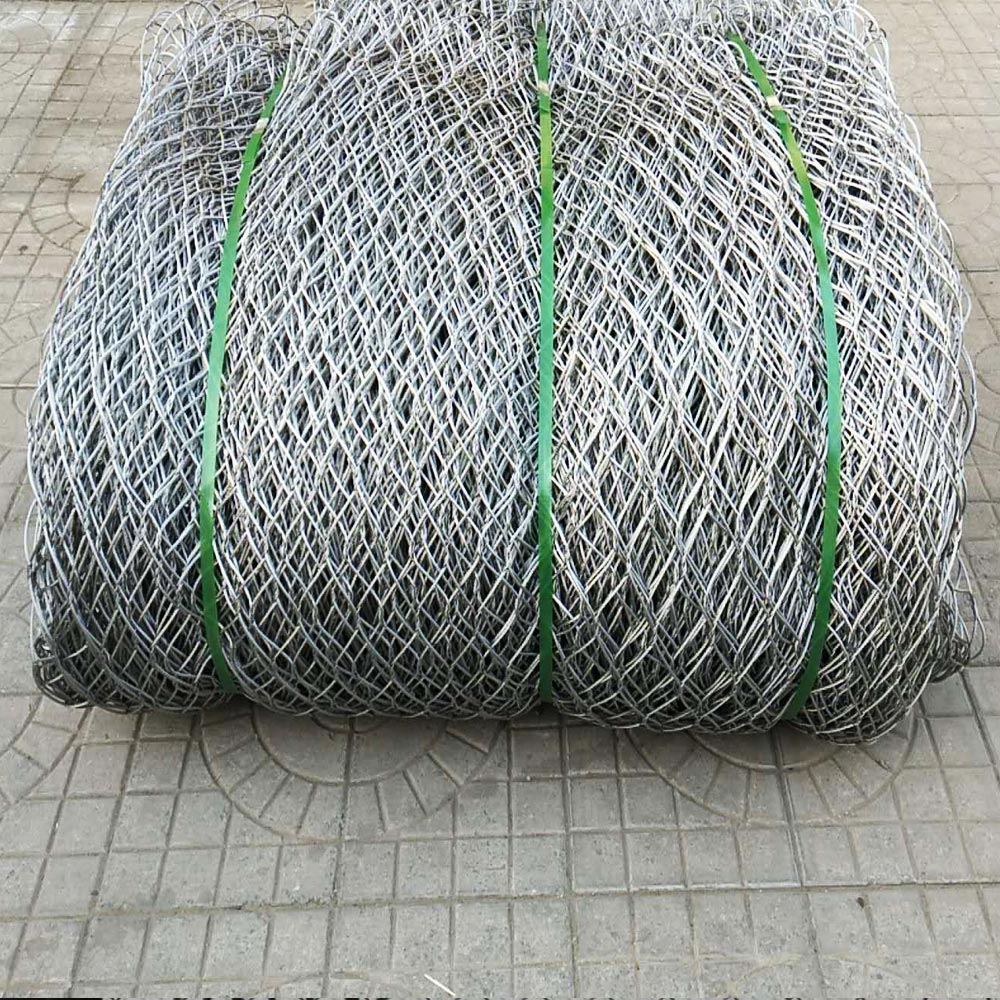
Installation Process
Now that you’ve prepared the area and chosen your net, it’s time to install it. Start by unrolling the net and laying it out flat.
This will give you a better idea of its size and shape. It will also make it easier to handle during installation.
Next, attach one corner of the net to your frame. You can use zip ties or hog rings for this.
Make sure the net is secure and won’t come loose. This is crucial for the safety of your birds.
Once the first corner is secure, move on to the next one. Keep the net taut as you do this.
This will help prevent sagging and gaps in the net. These can be potential escape routes for your birds.
Continue attaching the net to the frame, one corner at a time. Remember to keep the net taut throughout the process.
Once all corners are secure, check the net for any loose areas. If you find any, tighten them up.

Now, let’s talk about tension. It’s important to maintain the right amount of tension in the net.
Too much tension can cause the net to tear. Too little tension can lead to sagging and gaps.
To ensure proper tension, you can use a tensioning tool. This tool can help you adjust the tension in the net as needed.
Remember, the goal is to have a net that is taut but not overly tight. This will provide the best protection for your birds.
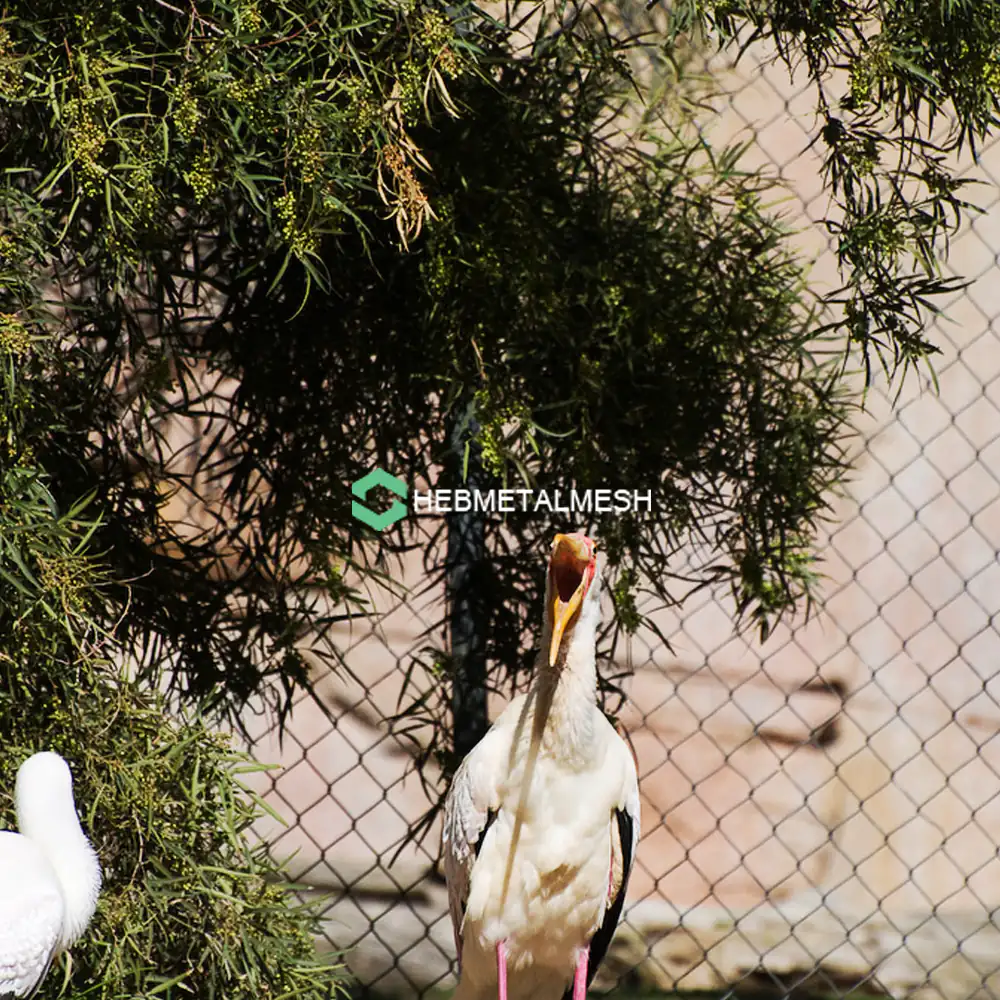
Finally, double-check all your attachments. Make sure they are secure and won’t come loose.
This is especially important in areas where the net is under a lot of tension. These areas are more prone to loosening over time.
And there you have it! Your aviary net is now installed. But your job isn’t done yet.
In the next section, we’ll talk about safety and maintenance. These are crucial for the longevity of your net and the safety of your birds.
Safety and Maintenance
Installing an aviary net is not without risks. You need to take certain safety precautions.
First, always wear protective gear. This includes gloves and safety glasses.
These will protect you from potential injuries. For example, the net could snap back and hit you during installation.

Next, be mindful of your surroundings. Make sure there are no obstacles that could cause you to trip or fall.
Also, if you’re working at height, use a sturdy ladder. And never work alone.
Now, let’s talk about maintenance. Regular inspection of your aviary net is crucial.
Look for signs of wear or damage. This includes holes, tears, and loose attachments.
If you find any, repair them immediately. You can use a net mending kit for this.
Remember, a well-maintained net is key to keeping your birds safe and secure.
In the next section, we’ll discuss when to consider professional installation and legal considerations.
Professional Installation and Legal Considerations
Sometimes, installing an aviary net can be a complex task. Especially for large or irregularly shaped aviaries.
In such cases, it might be best to hire a professional. They have the skills and experience to ensure a secure installation.

But remember, hiring a professional does not absolve you of legal responsibilities. You must comply with local wildlife regulations.
These regulations may dictate the type of netting you can use. Or how the net should be installed.
So, always check with your local authorities before starting your installation. In the next section, we’ll discuss how to enhance your aviary net’s performance.
Enhancing Aviary Net Performance
Aviary nets do more than just contain birds. They also play a crucial role in protecting them.
One of their key roles is deterring predators and pests. The right netting can keep out cats, rats, and other potential threats.
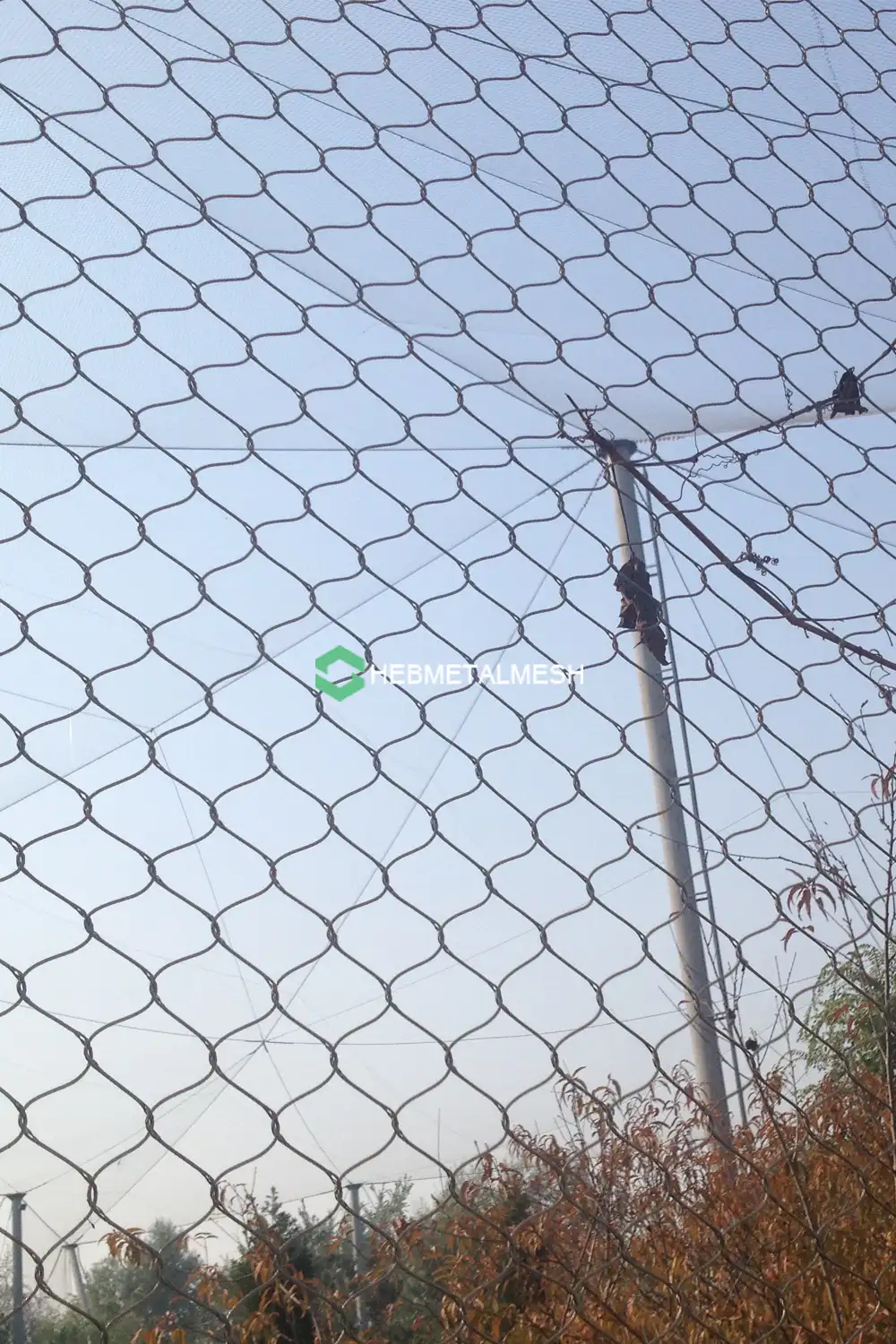
But remember, the net should also allow for easy observation of the birds. This is important for their health and well-being.
Netting can also help control diseases. It can prevent the spread of airborne diseases among birds.
This is especially important in multi-species aviaries. Where the risk of disease spread is higher.
Another aspect to consider is future expansions. If you plan to expand your aviary, consider using modular netting systems.
These systems allow for easy installation and replacement. They can be adjusted to fit new structures or layouts.
In the next section, we’ll wrap up with a recap of the key points.
Conclusion
We’ve covered a lot of ground in this guide. From choosing the right aviary net to installing and maintaining it.
Remember, a well-installed net ensures the safety and well-being of your birds. It also enhances the overall aviary experience.
So, take your time, follow these tips, and ensure your aviary net installation is a success.
